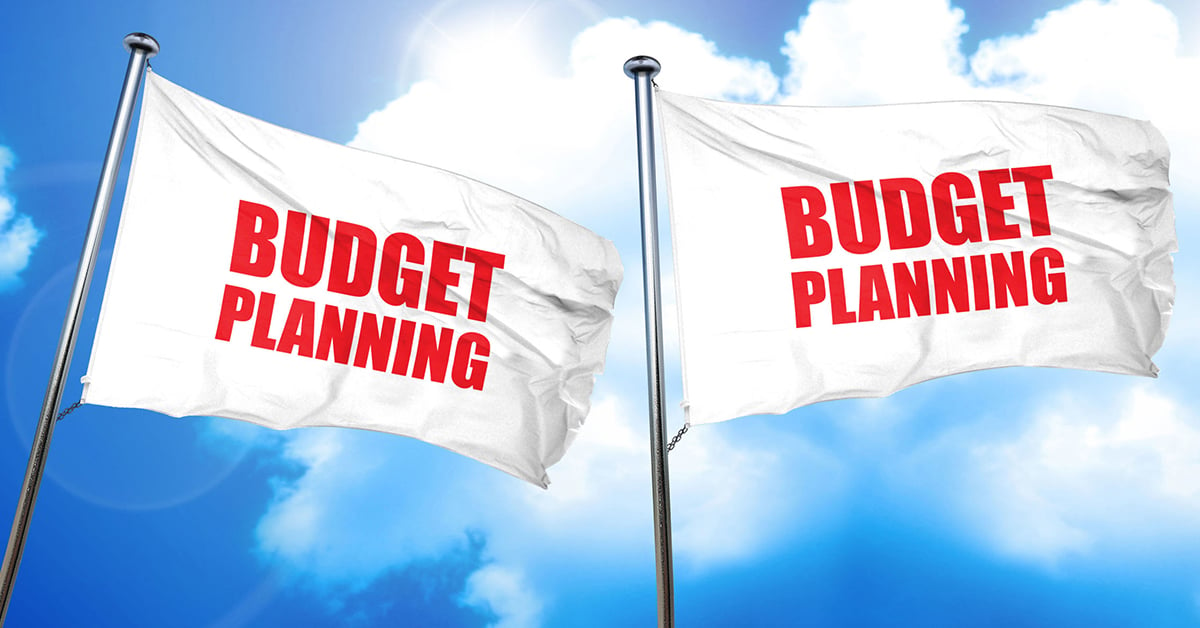5 Key Steps to Develop an Overall Budgeting Process
After defining and quantifying past and future trends and setting company goals, develop and document a budget process and budget model. Use a 5-step process to prepare the model that will be used throughout the organization.
1) Decide whether or not multiple budgets are required: Determine the number of different budgets that may be required based on different scenarios, but note that multiple budgets significantly increase the complexity of all of the budget preparation and tracking processes. A common example of a multiple-budget model has budgets based on worst-case, best-case, and mid-range assumptions.
2) Develop a Budget Process Outline: Create an outline that defines the following:
- Which budgeting platform and tools to use?
- The submittal and review process.
- The budgeting level that needs to be monitored. For example, monitoring the budget at the lowest account level will require an entirely different process than monitoring the budget at the financial statement level.
3) Define Budget Guidelines: Overall, the budget guidelines will function as action plans and will allow the organization to adhere to the budget while achieving business goals. To define budget guidelines, develop an overall plan that achieves a certain percentage of revenue growth and appropriate cost reduction. For example, the guidelines should include the specifics of any revenue growth and the business plan to achieve the budget.
A budget merely describes numbers, while the budgeting guidelines function as the plan of action. For example, if next year’s budget reduces employee compensation by 5%, a potential guideline could be ‘to institute a hiring freeze’. Other guidelines may relate to salary changes, expected changes in foreign currency expectations, fluctuations in labor costs, and outsourcing costs.
4) Identify Key Budgeting Participants: Defining the key participants and their roles and responsibilities largely depends on the budgeting guidelines. The structure of the budget, whether created chiefly at the executive level, at the department level, or by every employee of the company, will determine what individuals need to be involved and committed to the process. Determining the key participants also depends on the structure of a company, the number of executives, the number of department heads, and the number of departments.
A related step is education, training, and acceptance of the value of the budget.
5) Establish a Timeframe for Budget Preparation: Determining the timeframe is the final step in developing the budget process. Ideally, the budget for the next fiscal year must be prepared, approved and implemented on the first day of that year, usually January 1st. It is helpful to work backward from this date to determine the key deliverables and deadlines that must be established. A detailed schedule can be helpful to define who is responsible for what and when specific items must be completed.
Overall, an effective annual budgeting process that is aligned with company goals, past performance, and the environment will initiate a successful new year.
Ready to take your annual budgeting process to new heights and ensure a successful year ahead? Our team of expert Fractional CFOs is here to guide you every step of the way. With our proven strategies and insights, we'll help you align your budget with your company's vision and goals, making it a powerful tool for growth and success. Reach out to us now for a complimentary consultation and discover how a Fractional CFO can optimize your budgeting process, providing the financial expertise you need for smooth sailing throughout the year. Don't miss this opportunity to elevate your business to new heights with a tailored budgeting approach!







